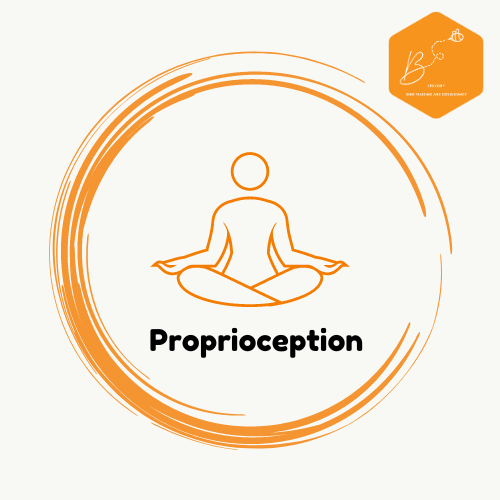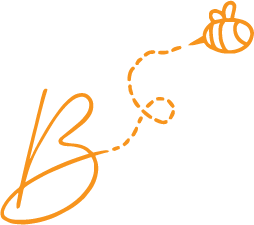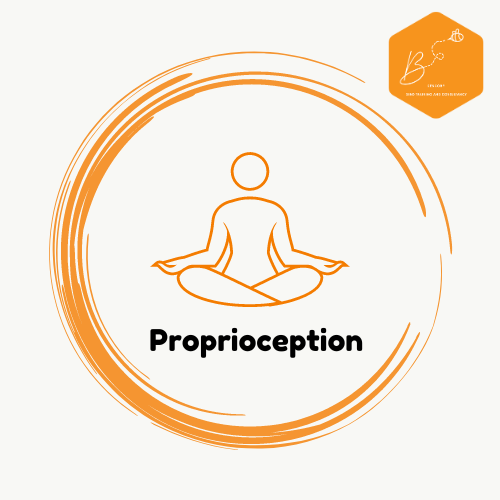Proprioception Processing Environmental Adjustments

Proprioception Processing Environmental Adjustments
Creating a proprioception processing-friendly environment involves designing a space that supports individuals' proprioceptive needs and promotes sensory integration. Proprioception refers to the body's awareness of its position and movement in space, and individuals with proprioceptive processing difficulties may benefit from environmental modifications that provide sensory input and support regulation.
Here are some strategies to create a proprioception processing-friendly environment:
- Provide Opportunities for Movement: Incorporate opportunities for movement and physical activity throughout the environment. Offer designated areas for activities such as stretching, jumping, swinging, or climbing to help individuals regulate their proprioceptive input and satisfy their sensory needs.
- Use Sensory Equipment and Tools: Provide sensory equipment and tools such as weighted blankets, therapy balls, or body socks to support proprioceptive input and regulation. These tools can help individuals increase body awareness and provide deep pressure input to promote calming and organization.
- Offer Flexible Seating Options: Provide a variety of seating options that accommodate different sensory preferences and support proprioceptive input. Offer chairs, cushions, or bean bags that allow individuals to adjust their seating position and find comfortable seating arrangements that meet their sensory needs.
- Incorporate Heavy Work Activities: Incorporate heavy work activities into daily routines to provide proprioceptive input and support sensory regulation. Activities such as pushing, pulling, lifting, or carrying heavy objects can help individuals regulate their arousal levels and improve attention and focus.
- Create Sensory Pathways or Trails: Design sensory pathways or trails within the environment that incorporate tactile and proprioceptive elements such as textured surfaces, balance beams, or stepping stones. These pathways can provide opportunities for individuals to engage in sensory-motor activities and improve coordination and body awareness.
- Establish Sensory Zones: Create designated sensory zones within the environment that provide opportunities for individuals to engage in sensory activities and self-regulation strategies. Offer sensory bins, tactile materials, or sensory walls that encourage exploration and provide proprioceptive input.
- Implement Sensory Break Areas: Designate quiet, calming areas within the environment where individuals can take sensory breaks and engage in self-regulation activities. Provide sensory tools such as fidgets, stress balls, or sensory bottles to support individuals in managing sensory overload or dysregulation.
- Use Visual Supports and Schedules: Incorporate visual supports and schedules to help individuals understand expectations and navigate the environment more effectively. Use visual cues such as visual schedules, visual timers, or picture symbols to provide structure and predictability.
- Provide Clear Spatial Organisation: Ensure that the environment is well-organised and free from clutter to support individuals' spatial awareness and safety. Use clear signage, color-coded pathways, or visual markers to delineate different areas and promote spatial orientation.
- Promote Sensory Integration Activities: Encourage participation in sensory integration activities, such as sensory circuits, that provide opportunities for individuals to engage in sensory exploration and integration. Offer activities such as yoga, meditation, or sensory play that promote body awareness, relaxation, and self-regulation.
By implementing these strategies, you can create a proprioception processing-friendly environment that supports individuals' sensory needs, promotes regulation and self-awareness, and enhances overall well-being and participation.
Shopping list










For more visit "Vestibular Processing Environmental Adjustments" page






